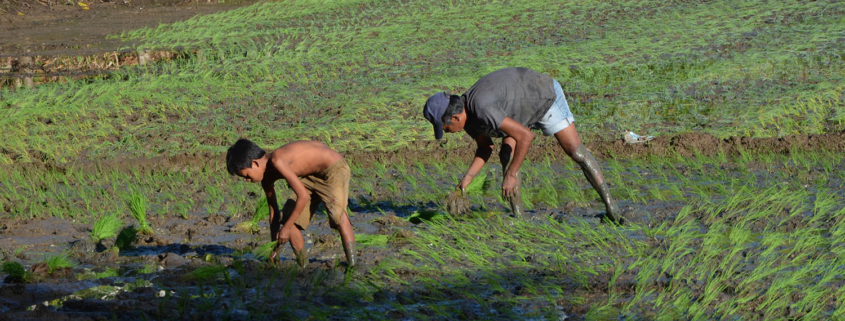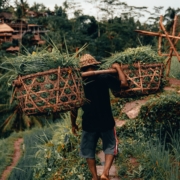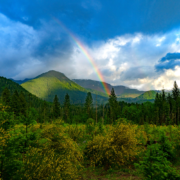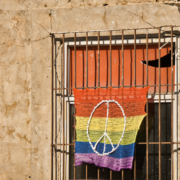Climate Justice
The term “climate justice” emphasizes how climate change is a social justice issue and a collective concern. Seeking climate justice involves recognizing the inequities in “social, economic, public health and other adverse impacts” of climate change, experienced by diverse communities and across differences in gender, age, ability, income, and other experiences. According to a World Bank Report (2020), by 2030, between 32 and 132 million additional people will experience extreme poverty due to climate change.
The UN Secretary-General António Guterres has stated that: “Climate change is happening now and to all of us. No country or community is immune. And, as is always the case, the poor and vulnerable are the first to suffer and the worst hit.” Climate change can also worsen existing inequities, and some communities have fewer resources to address climate impacts (e.g., heat waves; air pollution; food insecurity, associated health implications; etc) than others. Consequently, climate change is a “threat multiplier and further threatens peace across geographic regions and between people, also provoking global human migration and displacement. Applying climate solutions that involve a commitment to climate justice include “governments paying for their fair share to the people who have suffered,” such as loss and damages caused by climate change events.
Indigenous-led climate justice initiatives place a priority on climate solutions founded on Indigenous rights and self-determination. In turn, climate solutions should also work to “dismantle” barriers and mitigate the impact of historic injustices that oppress communities further marginalized by climate crises.
By Leela Viswanathan
(Photo credit: Beth MacDonald, Unsplash)

 Beth MacDonald
Beth MacDonald Radoslav Bali, Unsplash
Radoslav Bali, Unsplash Ashkan Forouzani
Ashkan Forouzani




